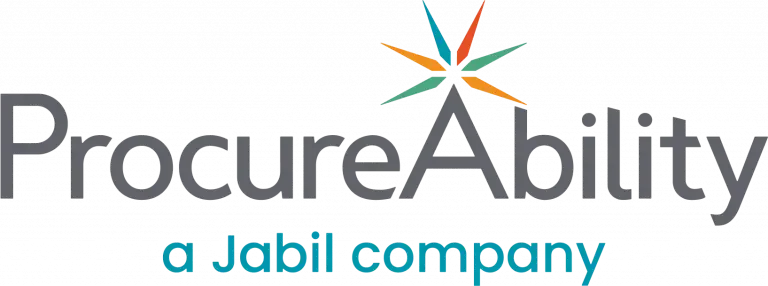
The procurement function is undergoing a significant transformation, from manual sourcing processes to intelligent, machine-enabled procurement. While many procurement teams are still navigating traditional, spreadsheet-based workflows, the rise of AI-powered sourcing tools is rapidly accelerating innovation. This shift is especially impactful in complex categories like procurement transportation and maintenance, repair, and operations (MRO).
Historically, sourcing events involving hundreds of suppliers, thousands of line items, and multiple bid components have required deep human expertise and substantial manual effort. However, advancements in artificial intelligence (AI) and machine learning (ML) are pushing the boundaries of what procurement automation can achieve. As a result, automation is now reaching unprecedented levels of capability, scalability, and precision, especially in high-volume procurement transportation initiatives.
Why Procurement Automation Matters More Than Ever
In an era of rising freight rates, limited carrier capacity, and ongoing post-pandemic volatility, procurement leaders must adopt smarter tools to stay competitive. Today’s most forward-looking shippers are leveraging intelligent procurement technologies to:
- Strengthen supplier relationships
- Capture measurable cost savings
- Increase sourcing speed and accuracy
- Reduce operational and market risk
Although bid optimization tools first emerged in the early 2000s, their functionality was initially limited. Now, with AI and ML integrated into modern platforms, these tools can evaluate complex trade-offs and automate multi-variable decisions. As a result, procurement teams can now achieve faster, more strategic outcomes, while significantly reducing manual effort.
Moving Beyond Spreadsheets: Intelligent Tools for Complex Sourcing
Despite the adoption of many e-sourcing tools, a large number still function like glorified spreadsheets, particularly in high-complexity categories like logistics and MRO. However, this is beginning to change. Today, companies such as Keelvar, Evos Logistics, and others are developing AI-driven transportation procurement platforms that are capable of managing even the most intricate RFPs. Consequently, instead of relying solely on consultants or internal subject-matter experts to manage high-stakes events, procurement teams can now use machine learning-enabled tools to automate, analyze, and optimize sourcing decisions. Here’s how intelligent automation is revolutionizing procurement:
1. Streamlined Sourcing with Process Automation
To begin with, AI-powered sourcing tools can now trigger sourcing events automatically, from simple spot buys to complex, multi-award contracts, based on real-time opportunity identification. Furthermore, these tools use scenario modeling to evaluate variables such as route options, service levels, freight modes, and volume-based constraints. As a result, procurement professionals can identify the optimal award strategy quickly and with confidence—even when handling thousands of bid combinations across numerous suppliers.
2. Greater Visibility Across the Supply Chain
In addition, automation empowers procurement teams to centralize and standardize supplier and rate data, delivering a single source of truth for sourcing decisions. This leads to improved spend visibility, reduced manual data entry, real-time bid tracking, and enhanced compliance and auditability. With better visibility, organizations gain stronger control over supplier performance, cost structures, and contract enforcement, leading to a more efficient and accountable sourcing process.
3. Data-Driven Decision-Making in Real Time
In today’s volatile logistics landscape, real-time data analytics is a must-have capability. Intelligent sourcing platforms enable procurement teams to:
- Monitor freight rates against market trends
- Evaluate supplier performance using historical data
- Pinpoint potential risks or bottlenecks
- Optimize sourcing strategies on the fly
Ultimately, this level of responsiveness allows procurement leaders to make faster, more precise decisions, positioning their organizations to stay ahead of market disruptions and supply chain uncertainty.
Getting Started: Aligning Capabilities with Strategy
Of course, successful adoption begins with a clear understanding of your internal sourcing maturity. Before implementing any new procurement automation technology, companies must evaluate their current capabilities and establish well-defined strategic goals. For many organizations, transportation sourcing has emerged as a mission-critical function, one that directly impacts customer delivery and operational continuity. By investing in intelligent procurement technology, and aligning it with real-time analytics, alert-based sourcing, and automated workflows, your team can gain a sustainable competitive advantage in today’s fast-moving, high-pressure environment.



